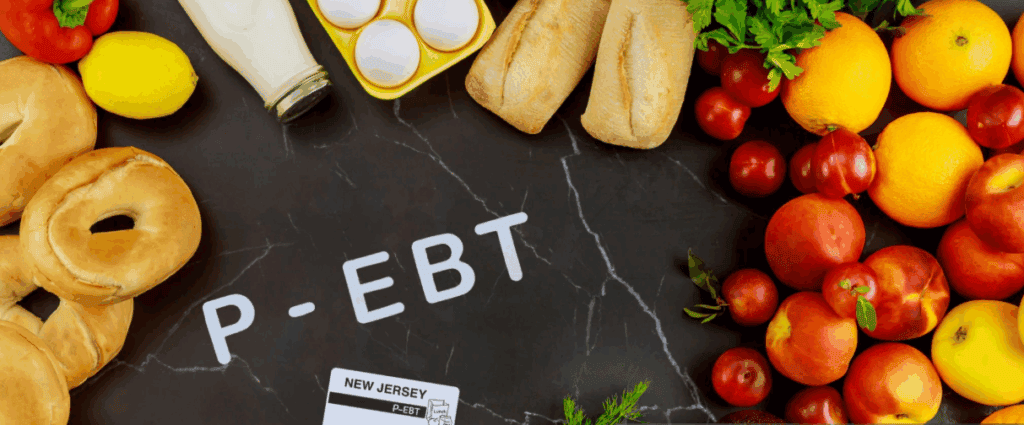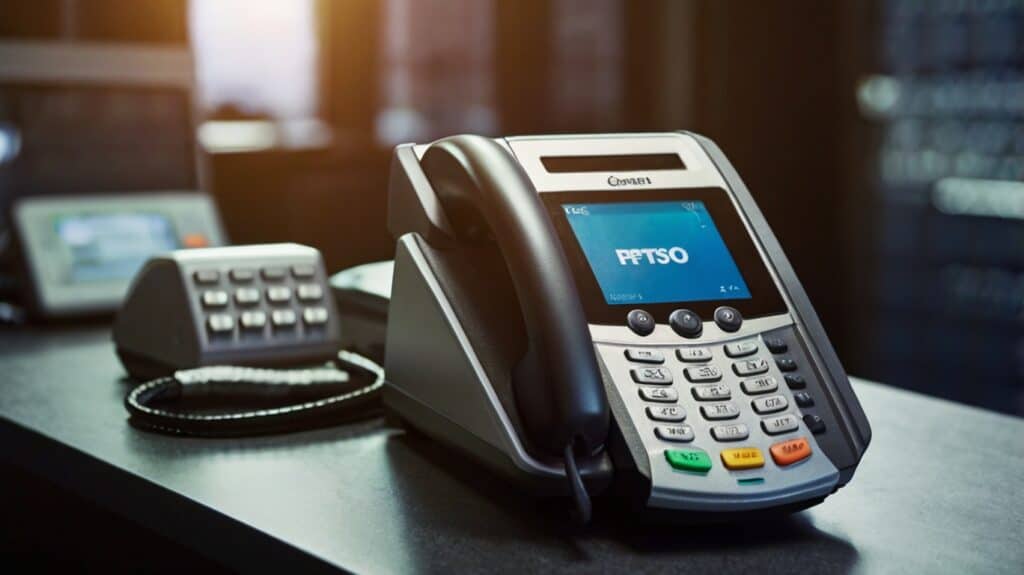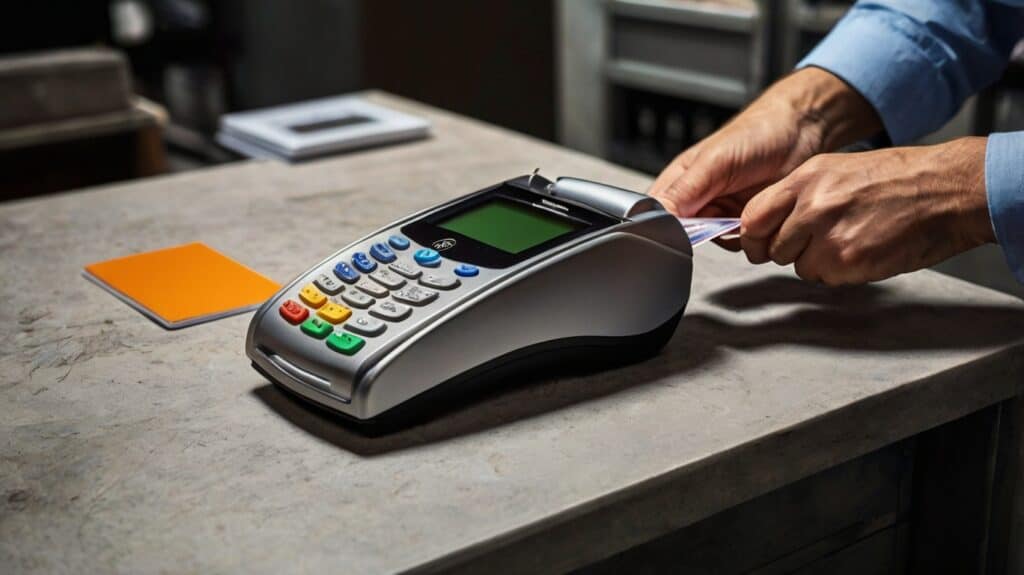By admin August 11, 2025
An Electronic Benefits Transfer (EBT) system provides food security to millions of low-income families. However, for a retailer particularly small or independent ones the decision about how to accept EBT is an important one. Do you outsource the setup and processing to third-party EBT provider? Or do you skip a step and set up directly via the USDA Food and Nutrition Service (FNS)?
It’s not just a technical set-up job that businesses have to consider; it has impact on everything from fees and customer services, through regulatory compliance to equipment costs. Given that there is a much higher demand for convenient, cost effective food choices retailers are considering how they can get on the network and what method best fits their needs.
Here, we will discuss the major contrasts between third-party EBT providers and direct FNS setup. You’ll get a clear breakdown of the pros and cons, plus actionable tips to help you decide which approach makes the most sense for your business. Whether you’re just getting started or looking to switch payment processors, understanding these options is essential for making an informed, future-proof choice.
Understanding EBT and the SNAP Program

An Electronic Benefits Transfer (EBT) card is how the U.S. government replaced food stamp papers decades ago by reloading secure cards with SNAP benefits each month, which can be used to purchase qualified food items from stores that take EBT. At the checkout line, EBT functions like a debit card by taking SNAP fund directly out of an account when shoppers buy groceries.
SNAP is administered by the United States Department of Agriculture Food and Nutrition Service (USDA FNS) through state departments. States are responsible for administering benefits and outreach, but the FNS is tasked with determining which retailers can accept EBT payments.
As retail plays a critical role in ensuring SNAP recipients have access to healthy, affordable food The stores have to be FNS approved and if they are then accept EBT payments. At this point, they have to make a choice: either apply directly with FNS and managing their own POS setup, or work with third-party EBT providers that act as an intermediary—providing POS equipment, transaction services, and tech support.
The choice affects costs, flexibility, and how well EBT transactions interoperate with a current payment processor. Knowing how it works—Direct FNS Setup vs. third-party EBT providers—is the first step towards a wise, compliant SNAP enrollment strategy.
Direct FNS Setup: What It Covers
A Direct FNS Setup means having the USDA Food and Nutrition Service issue authorization to accept SNAP (no third-party EBT provider). This way you have more control, but it also needs to account for that manually.
Application Process:
Retailers first must apply online through the USDA FNS portal. They ask for all the mandatory papers ready (Tax ID(EIN), Business License, Store Interior & Exterior Photos, Food Inventory). This process can take 2 to 4 weeks or longer depending how accurate and complete your submission is.
POS Setup:
Retailers must also buy or lease FNS-certified EBT terminals, after approval. The challenge then is for SNAP retailers to know which items are eligible and which ones are not at the point of checkout. If you already have a POS system in place, you may need to invest in upgrading or integrating software into your pre-existing POS.

Ongoing Management:
With a Direct FNS Setup, the retailer handles all transaction processing, reporting, and compliance independently. There’s no third-party EBT provider to manage updates or troubleshoot issue. Hence, this means either the retailer must be tech-savvy or willing to invest in external support.
Pros:
- To have everything you want for setup and operations
- No or lowered transaction fees depending upon your POS provider
- Flexibility to negotiate better payment processor or equipment terms
Cons:
- Longer and more complicated setup
- Might need technical knowledge or third-party assistance.
- No automatic updates and laws keep changing
A Direct FNS Setup is for retailers willing to shoulder more of the burden and offers a greater degree of autonomy (and cost savings, possibly over time as well).
Third-Party EBT Providers: How They Work
EBT Third Party Providers are private companies that make it possible to accept SNAP payments. Square, TotilPay and Conduent are some of the names you may recognize in this area, which offer a ready-made solution that remove much of the technical and regulatory burden associated with Direct FNS Setup.

What They Provide:
In short, they provide preconfigured point-of-sale hardware and software that is EBT transaction ready (and in many cases out of the box). They automatically identify and segregate SNAP/WIC-eligible items guaranteeing a smooth and compliant checkout process. Many third-party EBT providers have tools for reporting, compliance tracking and customer support in-built as well. Hence, this is a a huge time-saver for the local retailer without an extensive tech or admin team.
Pricing Models:
Individual costs differ but typically have a monthly fee or cut of each transaction provided by the provider. EBT services may come bundled with debit or credit card processing, a convenient selling point but one that can obscure cost structures. Make sure you read the fine print.
Pros:
- Easy setup, bypass much of the USDA’s direct application and hardware procurement
- In addition, tech support and software compliance updates
- Reduced compliance risk (automatic updates and reporting)
Cons:
- Monthly subscription or transaction fees will also quickly add up over time
- POS Software and POS Hardware out of your control
- Some offer lock-in contracts with early termination charges
Third-party EBT providers are the best option for business owners looking for a quick and easy way to process EBT payments if they value simplicity over control.
Key Factors to Consider When Choosing
Deciding between EBT providers and a Direct FNS Setup is no one-size-fits-all answer. So what is the best way for your business to go? It all depends on your business size, tech capability, budget, and long-term strategy. Let us now discuss some key factors to make a cautious decision.
Business Size and Type
Small retailers such as convenience stores, farmers markets and rural grocers rely on the simplicity of third-party EBT providers. Larger store or regional chain that has IT and operations on site, can benefit from Direct FNS Setup, that allows customers to have more control and cost efficiency across numerous sites.
Budget and Cost
FNS Direct Setup has generally lower long-term costs and is cheaper if you already own the right POS hardware. The initial setup is more work and implies no third-party fees at all. On the other hand, third-party EBT Providers, Direct FNS Setup s have monthly or per-transaction flat-rate EBT processing fees which can get expensive, albeit with less time-commitment on your part.
Technical Capabilities
Do you or your team have the knowledge to manage EBT hardware, software, and compliance updates? If not, the built-in technical support and turnkey solutions offered by third-party EBT providers may be essential. A Direct FNS Setup assumes you can handle troubleshooting or are willing to pay for outside help.

Speed to Launch
If you urgently need to launch, third-party EBT providers will onboard much faster—some even within several days. However, FNS approval may take a few weeks and there is additional time for equipment configuration.
Compliance and Reporting Needs
The USDA has very strict compliance standards for SNAP retailers. Most third-party providers will have automated reporting and regular software updates which means it significantly lowers the risk on your end. Direct FNS Setup (Requires Manual Compliance Tracking, Regulations Updates Sought by User)
Future Growth Plans
Planning to expand? Scalable, plug-and-play solutions across multiple sites are common with third-party systems. But if control over your POS and payment systems is a priority, a Direct FNS Setup gives you the freedom to choose your POS and payment systems independently at each location.
Conclusion
Accepting EBT payments is a powerful way to serve your community and increase revenue—but how you launch that system makes all the difference. Direct FNS Setup vs third-party EBT providers which is better for you ultimately boils down to your budget, technical resources available, the size of your business and where you want to be with it in a year.
In short, if you want cost savings, control and flexibility while still being able to handle compliance efforts plus some hardware work go straight through the USDA FNS. However, if you want an easy and fast onboarding that is well supported you can opt for a third party provider – which can enable you to accept SNAP quickly with less trouble.
Whether you are acting as a small local grocer or part of an expanding chain, using the right EBT setup can allow you to better serve SNAP customers while keeping your operation running smoothly and in compliance.
Frequently Asked Questions
- Do I need special equipment to accept EBT payments?
Yes. Whether you choose a Direct FNS Setup or work with a third-party EBT provider, you’ll need an FNS-certified EBT terminal. Third-party providers usually offer preconfigured devices, while direct applicants must source and install compatible equipment themselves.
- Can I use my existing POS system for EBT?
Possibly. Some existing POS systems can be upgraded to support EBT, especially under a Direct FNS Setup. However, compatibility depends on your hardware and software. Third-party EBT providers often offer bundled systems for easier integration.
- Are there fees for accepting EBT?
With Direct FNS Setup, transaction fees are often minimal or nonexistent. Third-party EBT providers, however, typically charge monthly fees or per-transaction percentages, so it’s important to compare costs over time.
- How long does it take to get approved to accept EBT?
Direct applications through the USDA FNS usually take 2 to 4 weeks. Third-party providers can often get you started faster—sometimes in just a few days—since they streamline the process and supply ready-to-use equipment.
- Can I switch from a third-party provider to a Direct FNS Setup later?
Yes, but it may involve contract termination fees or new equipment purchases. If you plan to switch later, review your third-party provider’s terms carefully and choose one with flexible contract options.